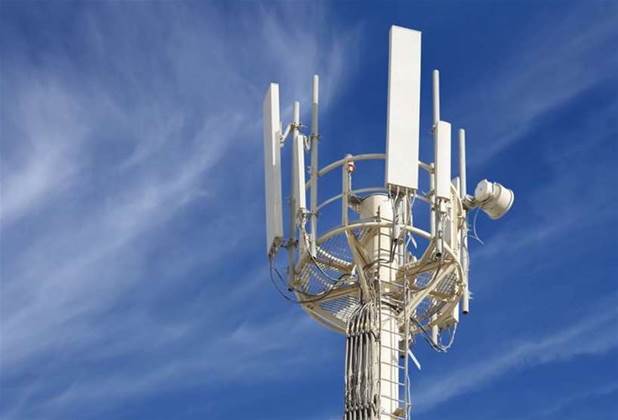Telstra has upgraded its mobile network to be “5G standalone-ready”, meaning it will be able to support 5G-only devices once they appear, instead of only devices that operate using a mix of 4G and 5G.

Group executive for networks and IT Nikos Katinakis said that “testing of early pre-commercial 5G standalone-capable devices is also underway”.
Commercial devices are expected to become available from late 2020.
“Getting the Telstra mobile network to be 5G standalone-ready is an important step towards unleashing greater capabilities for enterprises and consumers alike,” Katinakis said in a statement.
“Working together with our technology partner Ericsson, our new 5G service-based architecture will allow us to create innovative new services and solutions and deliver these much quicker than in the past.”
The upgrade “means that 5G standalone capable devices, once available, will be able to operate purely in 5G mode, without the support of underlying 4G technology as occurs today,” he added.
There are two architectural paths to 5G.
Non-standalone is the approach seen so far in Australia - and indeed in most early use cases worldwide - where 5G is aided by existing 4G infrastructure.
Other countries, such as Singapore, are skipping non-standalone and going straight for standalone 5G networks.
Ericsson said it was not an either/or choice for carriers but rather one of timing.
Those that wanted to “be first to launch 5G and gain technology and market leadership” had to go down the non-standalone path first.
“There have been discussions on the pros and cons of these two 5G tracks, sometimes to the point of rebuffing one option for the other,” the vendor said last year.
“But that should not be the case; it is not an “either or” selection between non-standalone and standalone but rather a matter-of-time perspective.
“It all boils down to the specific business goals and requirements of the service provider.”
Telstra said it had now upgraded its 5G radio network coverage footprint across Australia, “connecting a cloud native 5G core network to handle new 5G standalone traffic.”
“Telstra will continue to evolve the capacity and capability of its 5G standalone technology as standards are updated to bring the latest technology to its customers,” it said.
Katinakis said that standalone capability would lead to the launch of “new enterprise services that power a branch office running multiple applications and services.”
“It could also help new industry vertical use cases such manufacturing and remote-controlled operations.”
5G standalone “also introduces network slicing capabilities”, which Telstra has been interested in for a number of years.
Slicing is a concept by networking vendor Ericsson whereby a physical network can be divided into logical slices and targeted at specific segments or use cases.
For example, one "slice" might be used to serve mobile broadband users, and another "slice" put to work serving IoT environments.




.png&h=140&w=231&c=1&s=0)


 iTnews Executive Retreat - Security Leaders Edition
iTnews Executive Retreat - Security Leaders Edition












_(1).jpg&h=140&w=231&c=1&s=0)



